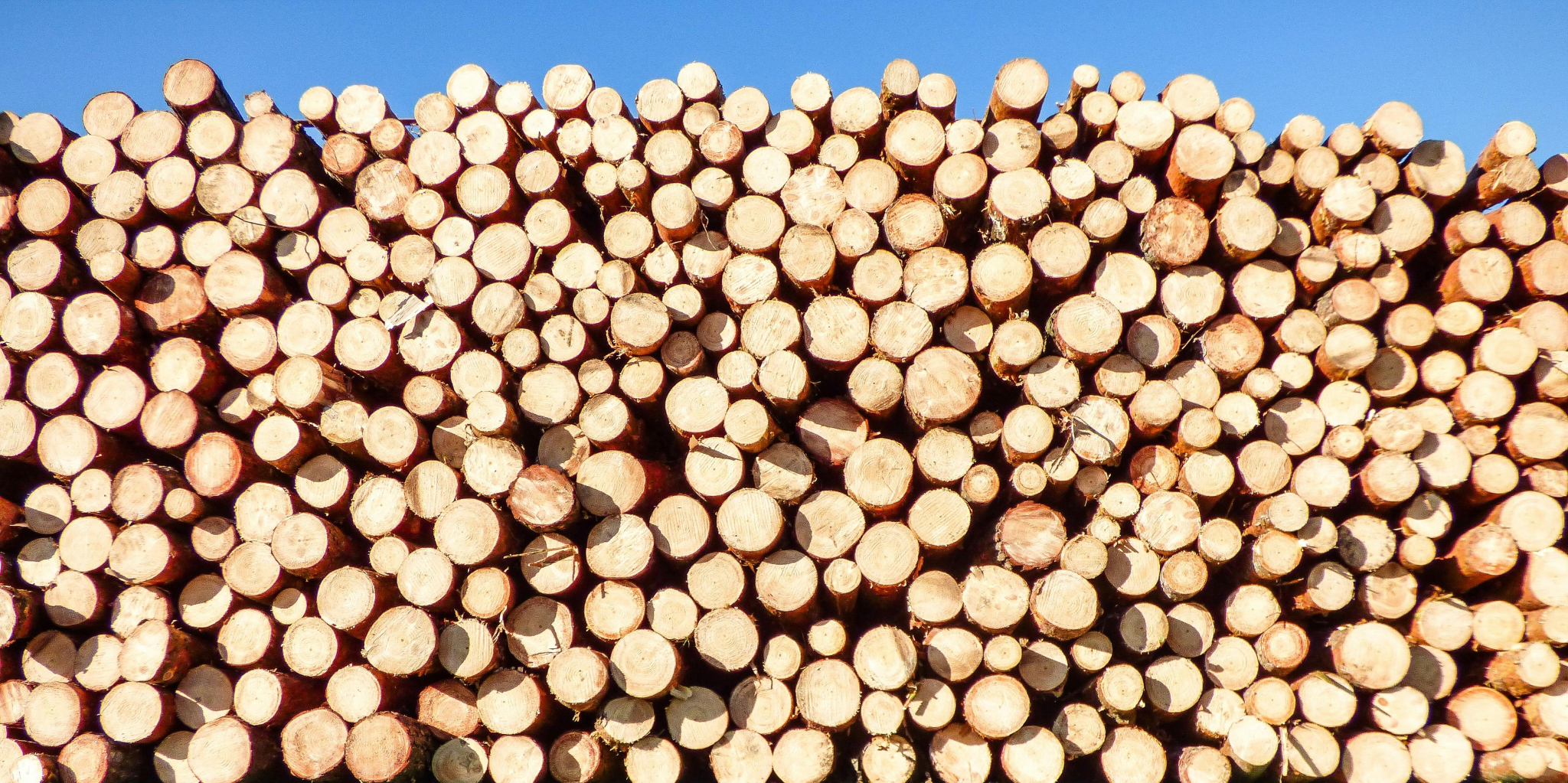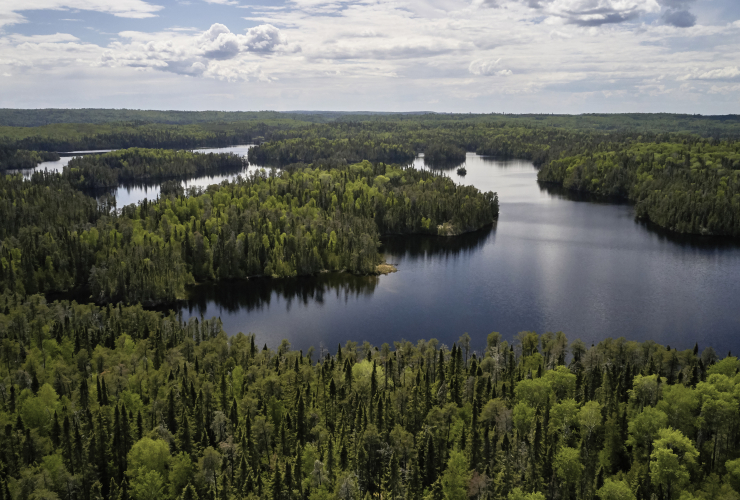This month, in the wake of intensive scrutiny from policymakers and civil society, two federal departments, Environment and Climate Change Canada and Energy and Natural Resources Canada, are launching a review of how the federal government accounts for greenhouse gas (GHG) emissions from the forestry sector.
This review matters. Effective climate action depends on the accurate measurement and reporting of GHG emissions from all sectors of the economy.
Unfortunately, the review is leaving one of the biggest issues — a biased approach to reporting emissions from industrial logging — off the table.
Over the past year, reports, audits and peer-reviewed studies have exposed that the way Canada accounts for emissions from its forests effectively erases logging’s climate impact from the ledger.
Last year, Canada’s Commissioner on the Environment and Sustainable Development criticized the federal government for failing to transparently report logging emissions and urged it to review how the sector’s emissions are estimated and reported.
Scientists, MPs, senators and environment, health and Indigenous groups have all raised concerns about the lack of full and accurate reporting of logging emissions.
And a peer-reviewed study published in January found that the federal government has been underreporting the GHG emissions from logging by over 90 million tonnes a year. That is the equivalent of ignoring the emissions from all cars and light trucks in Canada.
As the study identified, Canada’s approach to estimating and reporting wildfire emissions is biased because while Canada excludes emissions from wildfires on the basis that they are not human-caused, once those burned forests again regrow to commercial maturity, Canada gives the forestry sector credit for the carbon they absorb.
This unbalanced accounting for wildfires leads to the misleading portrayal of mass clearcut logging in Canada as carbon-neutral when, in fact, logging is a carbon polluter on the scale of the high-emitting agriculture and building sectors.
The government’s upcoming review of forest carbon accounting is an opportunity to fix logging emissions reporting. Yet it avoids this issue entirely.
Instead, the review only addresses the question of what baseline should be used to assess progress in emissions reductions in the sector (2005 or a business-as-usual reference level). It ignores calls from the environment commissioner and others to also review the way Canada estimates and reports logging emissions.
Failing to accurately count and report logging’s significant emissions has serious implications.
Understating emissions from one sector distorts both market competition and government policymaking. Federal and provincial governments spend billions of dollars a year subsidizing wood use and biomass combustion, which they claim are climate solutions. If the full emissions from logging are considered, then this spending of public funds amounts to a subsidy for a high-polluting sector.
This isn’t simply an issue of securing a safe climate. By failing to put in place policies to encourage more sustainable logging practices, our access to global markets is put at risk. (The EU recently passed a law banning the import of goods associated with deforestation and forest degradation. If companies in Canada don’t start addressing logging’s climate and biodiversity impacts, they could be shut out of a billion-dollar market.)
Finally, in skewing the numbers, the government is actually putting itself at a disadvantage. By not counting logging emissions, Canada is not getting credit for emission reductions it has achieved in the sector due to the decrease in the forest area harvested over the past two decades. By reporting forest sector emissions in a more balanced way, while also adopting a 2005 baseline for the sector (as is used for other sectors), Canada would move significantly closer to meeting its 2030 emissions reduction target.
The current mischaracterization of logging emissions can be fixed.
Ministers Jonathan Wilkinson and Steven Guilbeault can modify the terms of reference for the upcoming forest carbon accounting review to ensure there is an open discussion of how Canada can estimate and report emissions from natural disturbances in a more balanced way, and how to most appropriately reflect the forestry sector’s emissions footprint.
Doing so will help the climate and biodiversity — and also ensure a timely transition to a lower-carbon forestry sector that can compete globally, protecting well-paying jobs upon which many communities rely.
Michael Polanyi is the policy and campaign manager for nature-based climate solutions at Nature Canada.
GHG emissions from the
GHG emissions from the nuclear industry should also be on the ledger. The nuke folk claim to be carbon free whereas the exploration, mining, milling, transport, refining, packaging and repackaging, building, refurbishment and rebuilding as well as storage of nuclear waste is not considered. Likely the whole chain is more carbon intensive than burning natural gas which doesn't have the radioactivity.
The other aspect of
The other aspect of industrial forestry's unaccountability regarding wildfires is the forest management practices they use. Clear cutting huge natural forests (forests of mixed species and mixed ages) and replacing them with single species, single aged plantations of coniferous trees (usually spruce) is a terrible idea. Mixed forests can actually somewhat slow down wildfires, and some species can actually act as firewalls. Coniferous trees like spruce and pine however (which are much more valuable to industrial forestry) are the most flammable trees we have. And older forests are much more resistant to wildfires as their tall canopies keep forest floors cool and moist. Young spruce plantations on the other hand are literally tinder boxes that will burn quickly and out of control.







Comments